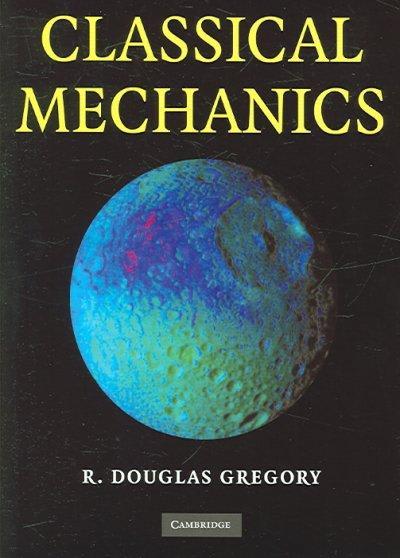Answered step by step
Verified Expert Solution
Question
1 Approved Answer
Hi, I have to use one of the statistical tests such as T-test (independent & paired) one way ANOVA, Mann-Whitney U (Wilcoxon rank-sum test), Wilcoxon
Hi,
I have to use one of the statistical tests such as T-test (independent & paired) one way ANOVA, Mann-Whitney U (Wilcoxon rank-sum test), Wilcoxon signed-rank test, Kruskal-Wallis test, Chi-squared test, Fisher's exact test, McNemar's test, Spearman's or Pearson's correlation test in order to solve this question.
Please help me figure out the right statistical test to use for each of the two questions (last picture). I don't need the calculations.



Step by Step Solution
There are 3 Steps involved in it
Step: 1

Get Instant Access to Expert-Tailored Solutions
See step-by-step solutions with expert insights and AI powered tools for academic success
Step: 2

Step: 3

Ace Your Homework with AI
Get the answers you need in no time with our AI-driven, step-by-step assistance
Get Started


